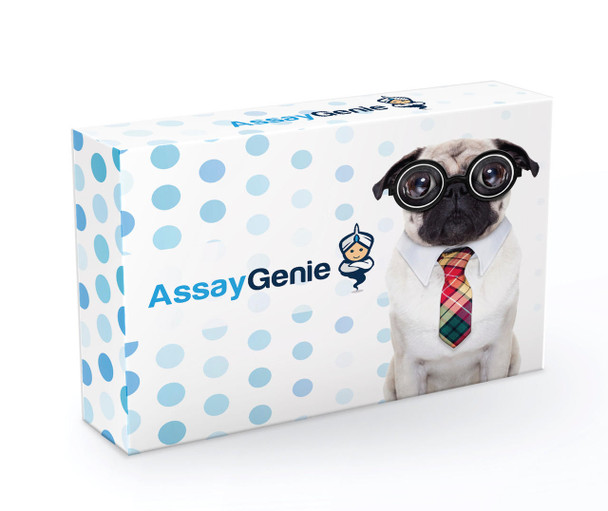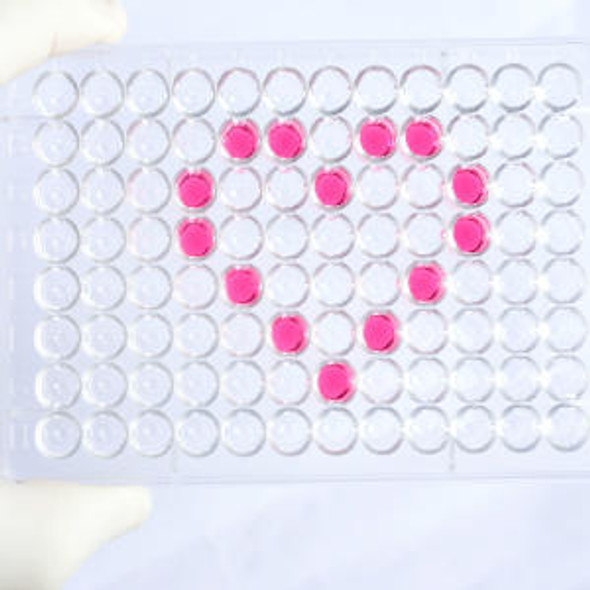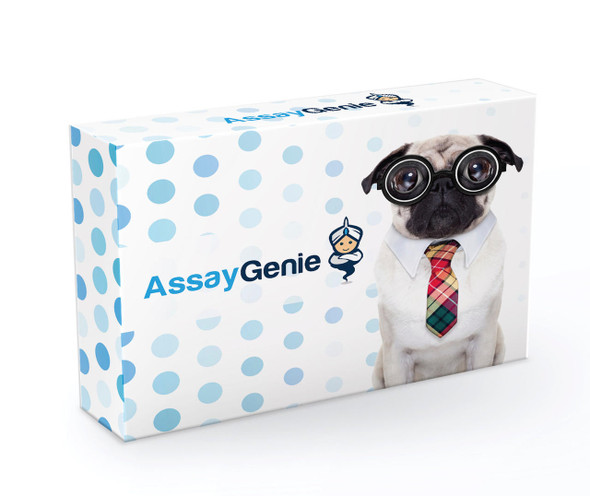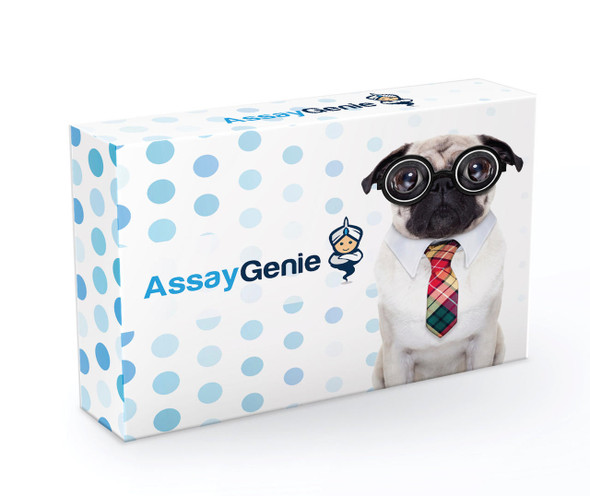Description
| Product Name: | QuickStep Human CLU (Clusterin) ELISA Kit |
| Product Code: | AEES00640 |
| Assay Type: | Sandwich |
| Format: | 96 Assays |
| Assay Time: | 2.5h |
| Reactivity: | Human |
| Detection Range: | 1.56-100 ng/mL |
| Sensitivity: | 0.94 ng/mL |
| Sample Type & Sample Volume: | Serum, plasma, urine, saliva, 50μL |
| Specificity: | This kit recognizes Human CLU in samples. No significant or interference between Human CLU and analogues was observed. |
| Reproducibility: | Both intra-CV and inter-CV are < 10%. |
| Application: | This ELISA kit applies to the in vitro quantitative determination of Human CLU concentrations in serum, plasma, urine, saliva.Please consult technical support for the applicability if other biological fluids need to be tested. |
This ELISA kit uses the Sandwich-ELISA principle. The micro ELISA plate provided in this kit has been pre-coated with an antibody specific to Human CLU. Samples (or Standards) and biotinylated detection antibody specific for Human CLU are added to the micro ELISA plate wells. Human CLU would combine with the specific antibody. Then Avidin-Horseradish Peroxidase (HRP) conjugate are added successively to each micro plate well and incubated. Free components are washed away. The substrate solution is added to each well. Only those wells that contain Human CLU, biotinylated detection antibody and Avidin-HRP conjugate will appear blue in color. The enzyme-substrate reaction is terminated by the addition of stop solution and the color turns yellow. The optical density (OD) is measured spectrophotometrically at a wavelength of 450 ± 2 nm. The OD value is proportional to the concentration of Human CLU. You can calculate the concentration of Human CLU in the samples by comparing the OD of the samples to the standard curve.
| Kit Components: | An unopened kit can be stored at 2-8℃ for six months. After test, the unused wells and reagents should be stored according to the table below.
|
| 1. | Add 50μL standard or sample to the wells, immediately add 50μL Biotinylated Detection Ab working solution to each well. Incubate for 90 min at 37°C |
| 2. | Aspirate and wash the plate for 3 times |
| 3. | Add 100μL HRP conjugate working solution. Incubate for 30 min at 37°C. Aspirate and wash the plate for 5 times |
| 4. | Add 90μL Substrate Reagent. Incubate for 15 min at 37°C |
| 5. | Add 50μL Stop Solution |
| 6. | Read the plate at 450nm immediately. Calculation of the results |
Clusterin is a ubiquitous protein that is arousing increasing interest owing to its widespread diffusion and multifunctional role. It is composed of two 40 kD subments (NA1, NA2) encoded by a single gene, which hold together by disulphide bonds. The mature dimer has a molecular mass of 80 kD and is micro-heterogeneous in electrical charge due to glycosylation. This protein has been differently named as apolipoprotein J (ApoJ), sulfated glycoprotein 2 (SGP-2), glycoprotein III (GP- III), testosterone repressed prostate message (TRPM-2), SP-40, 40cytolysis inhibitor (CL1) and others [1].It is a component of the high-density lipoprotein (HDL) complex with putative functions in the transport of lipids, apoptosis, protection of cells from stress and, most important, in the regulation of complement activity. It has been postulated that clusterin is involved in a variety of human diseases including Alzheimer disease, brain injury following ischemia,nephrosis and myocarditis [2].






